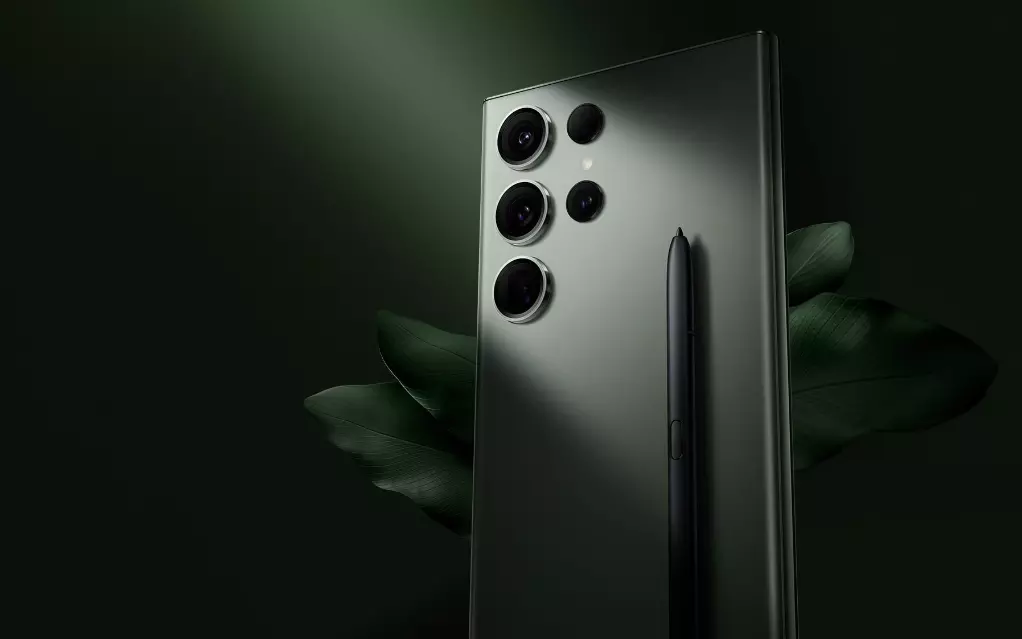A computing device that uses tiny magnetic vortices to process data is trained to recognize handwritten numbers. A device developed by RIKEN researchers shows that miniature magnetic vortices could be useful for realizing brain-inspired low-energy computing systems. Our brain contains complex networks of neurons that transmit and process electrical signals. Neural networks mimic this behavior and are particularly adept at tasks such as pattern recognition.
However, neural networks consume a lot of power when running on traditional silicon chips. That’s why researchers are developing alternative platforms specifically designed for brain-inspired computing, an approach known as neuromorphic computing.
The new neuromorphic device, created by researchers including Tomoyuki Yokouchi of the RIKEN Center for Emergency Matter Science, is based on a type of artificial neural network known as the reservoir computing model. One of the features of this model is its short-term memory – its output depends on both past and present inputs to the system.
This is where tiny magnetic vortices known as skyrmions arise. These magnetic patterns have a built-in memory effect as their structure and behavior reflect previous exposure to magnetic fields.
Skyrmions can also run on low energy. “Another advantage of using Skyrmion is energy savings because skyrmions can be controlled with very low current densities,” says Yokouchi.
The team’s instrument includes an array of rods coated with a platinum-cobalt-iridium film that can house skyrmions several micrometers wide.
To feed the data into the device, the researchers encoded the information into a magnetic field that produces a voltage when applied to the skyrmions. This output voltage depends on the number and size of skyrmions present.
The researchers trained the device using more than 13,000 images of handwritten numbers from 0 to 9. They converted the images into magnetic input signals and adjusted the device so that the output voltage signals accurately represented the correct digit. The team then tested the device using another 5,000 images and found that it could recognize numbers with around 95% accuracy and outperform competing neuromorphic devices.
“Our work shows that energy-efficient neuromorphic computation can be implemented using skyrmions,” says Yokouchi.













